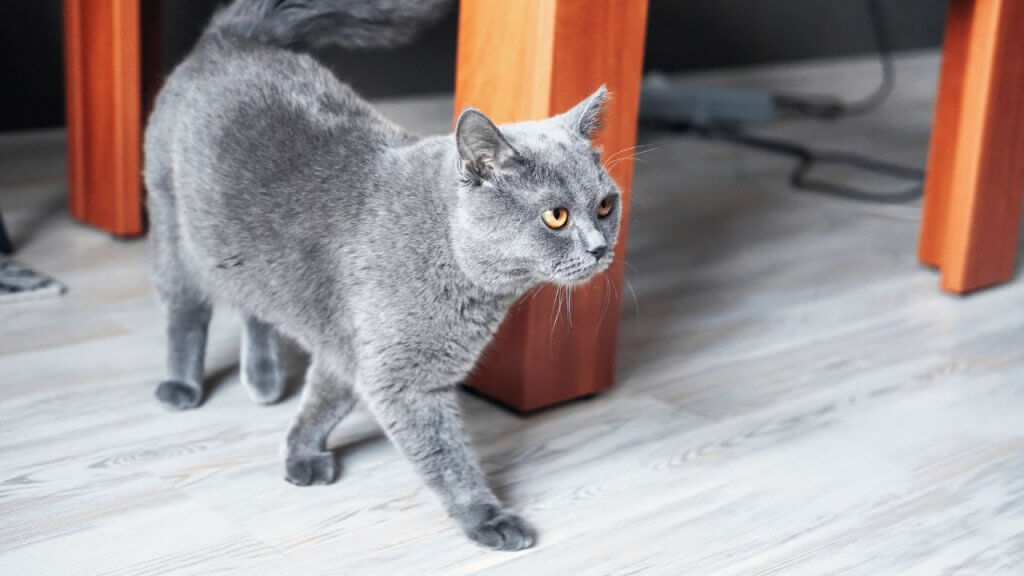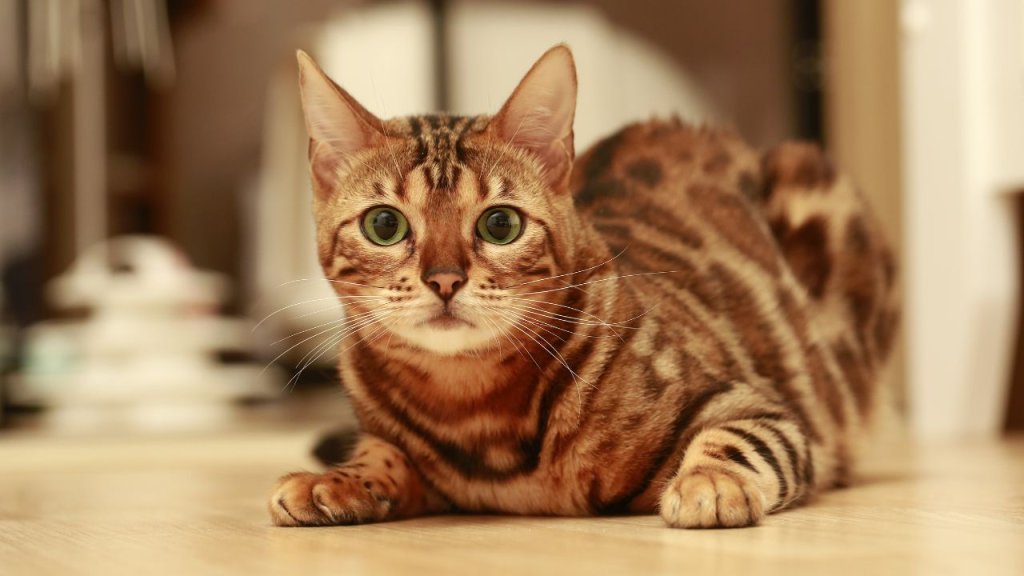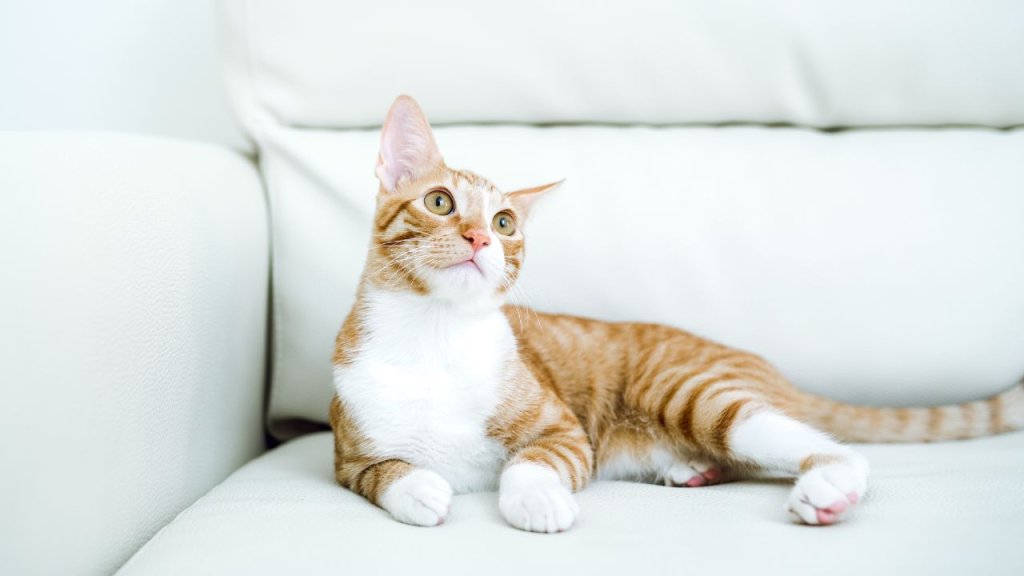How long do cats stay in heat? Most cycles last under a week, though some may be shorter or stretch longer. But knowing the number doesn’t prepare you for some changes it brings. Something can be more about their sudden clinginess and the meows that come from nowhere. Let me tell you that there is more to this phase than duration alone. Therefore, understanding the rhythm of her heat cycle helps you offer care when she needs it most.
What to Expect:
- Heat cycles last 4–10 days, often repeating every 2–3 weeks.
- Common signs include yowling, restlessness, and increased affection.
- Indoor cats may cycle year-round due to light exposure.
- Tracking behavior helps predict and manage future cycles.
- The first heat may start as early as 4 months with subtle signs.
- Comfort tips include warmth, calming music, and scent distractions.
- Spaying reduces stress and health risks long-term.
- Bleeding is not normal—see a vet if it occurs.
What Does It Mean When a Cat Is in Heat?
When a female cat goes into heat, she enters a stage of her reproductive cycle called estrus. This is also known as the cat heat cycle. It is the time when her body is biologically primed to mate. Well, this is completely natural, even if the sudden change in behavior feels anything but. Estrus is driven by hormonal shifts and seasonal signals, especially in unspayed cats.
Myth-buster: Cats in heat do not bleed. Unlike dogs, felines show their readiness to mate through behavior, not spotting. If you notice actual bleeding, it’s time to speak with your vet or request an online consultation.
Behavioral Signs of a Cat in Heat
Understanding the signs a cat is in heat can help ease your worry and remind you that biological factors cause her sudden behavior.

Common Signs a Cat Is in Heat 🔍
- Persistent yowling or loud vocalizations, especially at night
- Rolling on the floor or writhing in place
- Excessive rubbing against furniture, doorways, or even you
- Tail raising when touched near the base of the spine
- Restlessness or pacing
- Trying to escape or looking longingly out windows or doors
- Increased affection—following you closely, demanding attention
- Showing mating posture, with front lowered and hindquarters raised
While some of these behaviors may seem dramatic or even irritating at times, they’re rooted in instinct—not discomfort
📥 Download this free Heat Behavior Checklist, which is perfect for tracking your cat’s cycle and knowing what to expect next time.
Signs That Need a Vet Visit 👇
Aside from those mentioned above, it’s worth checking in with your vet if your cat shows signs of distress. Not every unusual behavior is heat-related, and it’s always okay to ask.
The why behind these behaviors will help you respond with empathy. After all, she’s not being difficult. She’s following nature’s rhythm. And as we’ll explore next, knowing how often this cycle repeats can help you prepare for what’s ahead.
How Long Do Cats Stay in Heat?
A full estrus phase usually takes about 4 to 10 days on average. Moreover, most cycles last around one week. This can vary depending on your cat’s age, breed, environment, and whether she’s had previous heat cycles. Some cats may seem to move through it quickly, while others can continue cycling every few weeks—especially if they live indoors with steady light exposure.

While how long cats are in heat may seem like a simple number on paper, its impact on your day-to-day life can be anything but. Suddenly, you’re adjusting your routines to soothe late-night meowing and calming down other pets picking up on her heightened energy.
How Often Do Cats Go Into Heat?
The answer to this question might surprise even seasoned cat parents.
Most unspayed cats go into heat every two to three weeks during breeding season. For outdoor cats, that usually means spring through early fall. But indoor cats can cycle all year, making it feel like there’s barely a break between phases. 😣
This frequency is influenced by light exposure and your cat’s unique biology. Some breeds, like the sleek and social Siamese, tend to cycle more often, while long-haired breeds may have more space between cycles.
And while each cycle might only last a week, the constant repetition can take a toll on her and you. If your cat seems to be “always in heat,” you’re not imagining it.
How to Track Her Cycle (and Spot a Pattern) 🗓
Start marking down the first day of her symptoms, like restlessness or vocalization. Keep notes on when the behavior stops. After a few months, you’ll notice a rhythm, which can help you anticipate and prepare. Noticing her cycle gives you the power to ease her experience and make the best decision for her care.
First Heat vs. Recurring Heat: What to Expect
Most kittens experience their first heat between 4 and 6 months of age. However, this can vary depending on breed and environment. It often catches pet parents off guard when their playful kitten suddenly becomes vocal, clingy, or unusually affectionate. And because the behavior can mimic illness or distress, misreading the signs is easy.
What to Expect in a Kitten’s First Heat: 🐱
- Mild to moderate vocalization
- Increased affection-seeking (rubbing, rolling)
- Unusual restlessness or pacing
- Occasional tail lifting when touched near the spine
What Changes in Recurring Heat Cycles: 🔁
- Louder yowling—especially at night
- Stronger desire to escape outdoors
- More frequent rubbing or body rolling
- Noticeable pattern every 2–3 weeks if unspayed
If your kitten is around this age and showing new behaviors, it’s worth asking: Is this her first heat? 💛 Early empathy, tracking, and preparation make all the difference in how smooth the experience feels—for both of you.

How to Support Your Cat Through Her Heat Cycle
Once you’re sure your cat is in heat, the next step is just as important: how to support your cat through her heat cycle in a compassionate and calming way. 💛
While her behavior might be persistent, even dramatic, it’s driven by instinct. Your role is to offer a comforting environment that eases this phase’s emotional and physical intensity.
Comfort Tips for Cats in Heat: 🛋️
- Warm towels or heating pads (always supervised) help soothe restlessness
- Use scent distractions, like a few drops of lavender on a blanket (cat-safe and in moderation)
- Play gentle music, like classical or ambient sounds, that can reduce vocal anxiety
- Provide safe window perches to satisfy her curiosity while keeping her indoors
- Keep her routine consistent—structure brings comfort
“The best thing a cat parent can do during a heat cycle is create a calm, familiar space. A quiet room and no sudden changes in routine can go a long way in helping her feel safe.”
—Mykhailo Ozmenchuk, DVM. Licensed Veterinarian in California and Nevada.
What Not to Do 🚫
- Never scold or punish her for yowling or clinginess
- Don’t allow her access to the outdoors, even briefly
- Avoid any DIY “remedies” that involve physical deterrents or unverified calming aids
When It’s Time to Consider Spaying
If your cat consistently goes into heat every few weeks, it may be time to explore the long-term benefits of spaying. This way, you help her regulate hormones and reduce the risk of reproductive infections like pyometra.
For many cat parents, spaying marks the return to calm: fewer midnight yowls, less stress on your cat’s body, and a more stable emotional environment in the home. 🕊️ It’s also an act of care that protects her from dangers.
When you’re ready, the next step is connecting with professionals you trust. Find verified breeders and supportive care resources through the American Paws Club’s trusted network. Your cat deserves nothing less.
Final Thoughts
If you’ve made it this far, take a deep breath. You’re doing just fine. The feline heat cycle can feel like a lot at first, and that’s okay. But as you learn more, it becomes less intimidating and more intuitive. These final thoughts are here to gently remind you: It’s about responding with confidence and care.
You go from feeling unsure to feeling steady. And your cat? She notices that shift. 🐾 And remember, you’re not navigating this alone. American Paws Club is here for you with trustworthy guidance made just for pet parents. 🧡 Keep exploring our blogs or connect with a verified breeder when you’re ready for the next step.

Frequently Asked Questions❓
How long does a cat stay in heat for the first time?
A cat’s first heat typically lasts 4 to 10 days, although it varies. Young cats may show milder signs during their first cycle. Furthermore, their behaviors might be surprisingly intense.
How often do cats go into heat after the first time?
Unspayed cats can go into heat every 2 to 3 weeks during spring and summer. Indoor cats, influenced by artificial lighting, may cycle year-round. This makes the process feel continuous if not managed.
Can cats go into heat while still nursing kittens?
Yes. Some cats can go back into heat as early as a few weeks after giving birth. If you’re not planning to breed again, it’s wise to talk with your vet about spaying timelines to avoid unwanted litters and reduce stress on the mother.
Do cats bleed when they’re in heat?
No. Unlike dogs, cats do not bleed during their heat cycle. Instead, they show signs through behavior, as mentioned above. Contact your veterinarian immediately if you notice any bleeding. It may be a sign of a health issue.
Is it okay to spay a cat while she’s in heat?
Technically, yes. But most vets prefer to wait until the heat cycle ends. Spaying during heat can involve more bleeding and a longer recovery. Thus, your vet will assess the situation and recommend what’s safest for your cat’s specific case.
The post How Long Do Cats Stay in Heat + What to Expect appeared first on American Paws Club.


Recent Comments